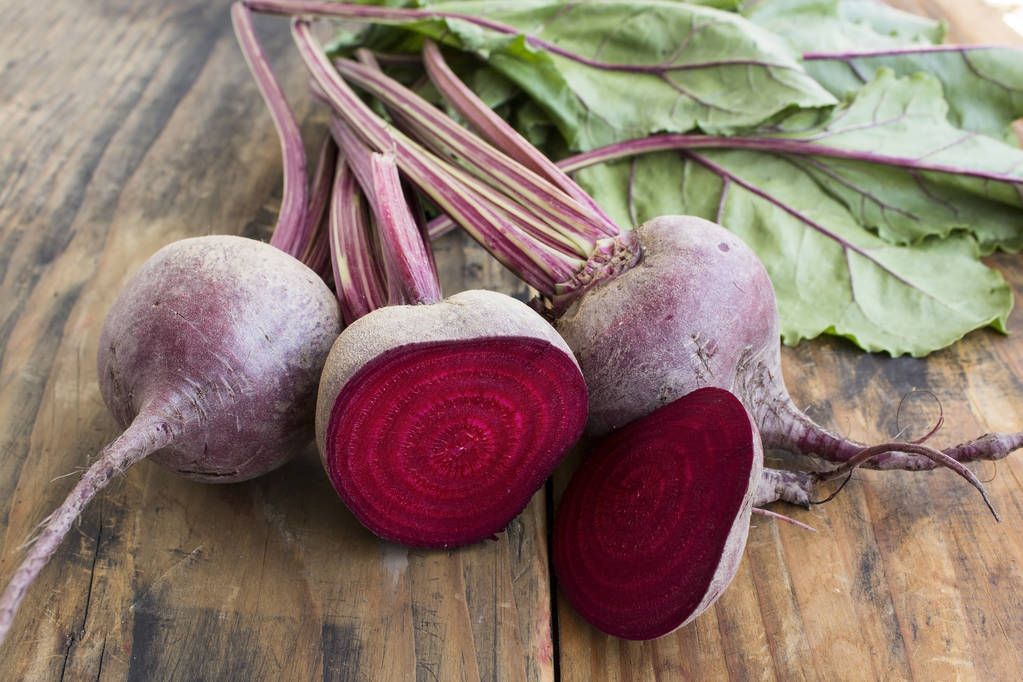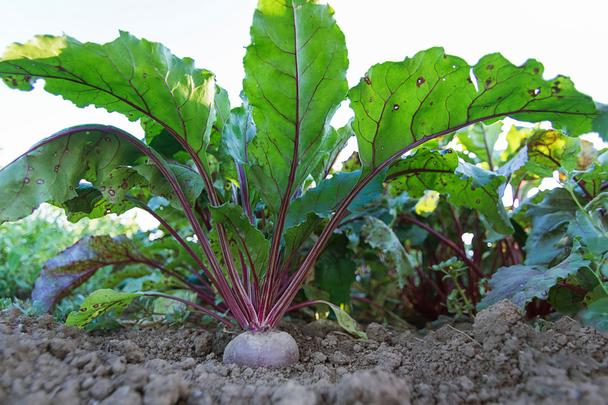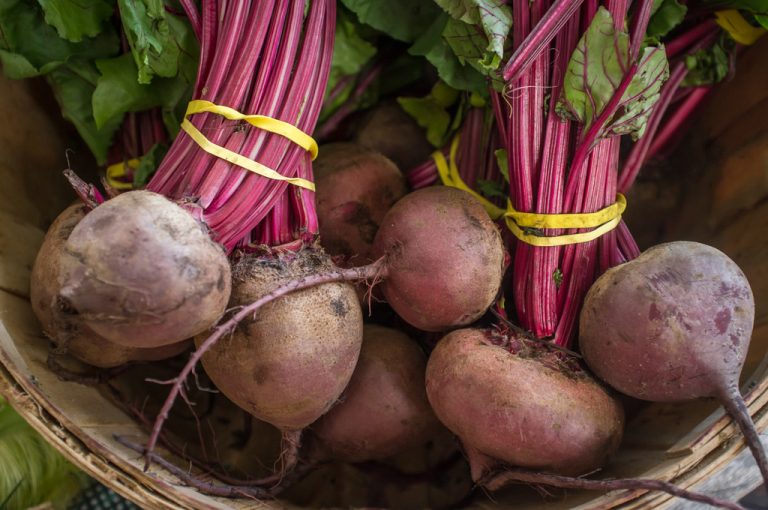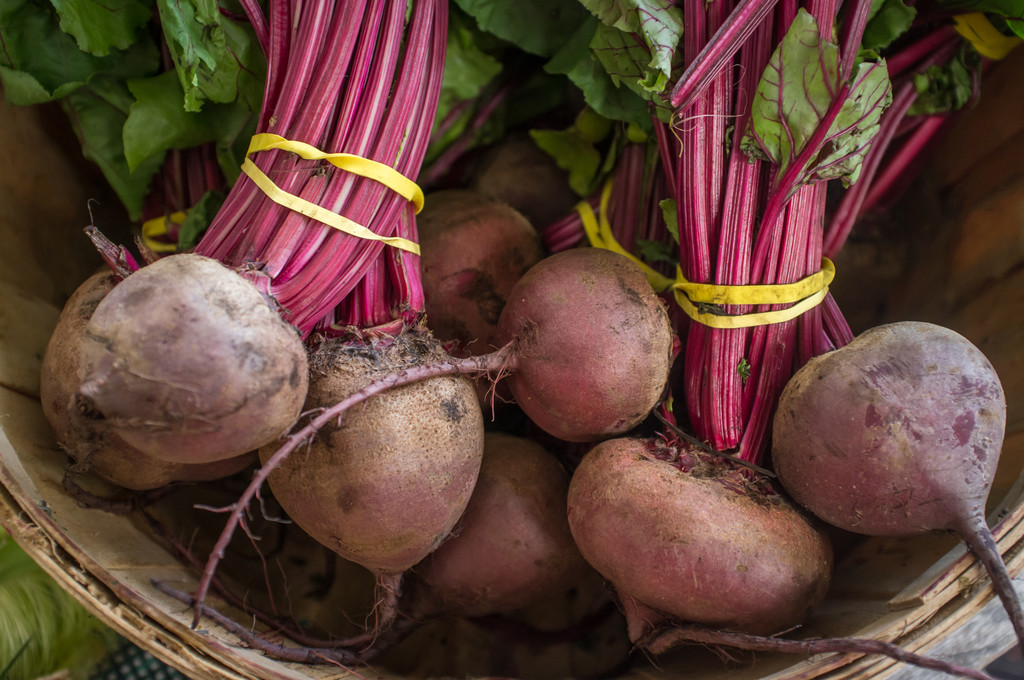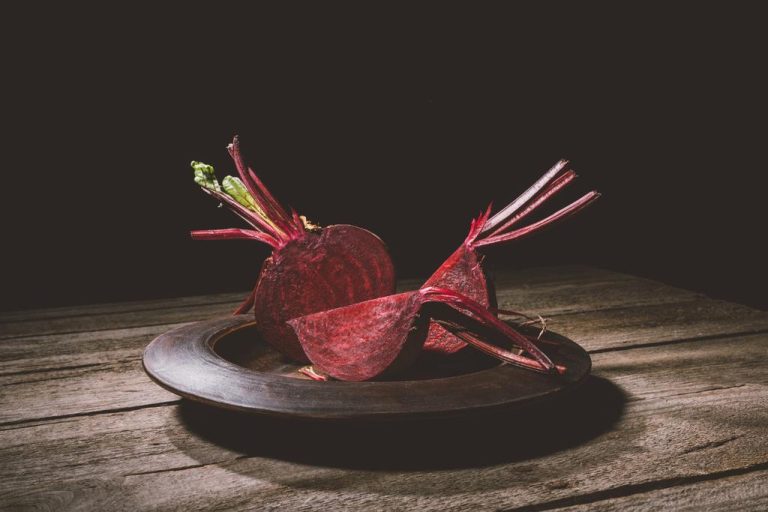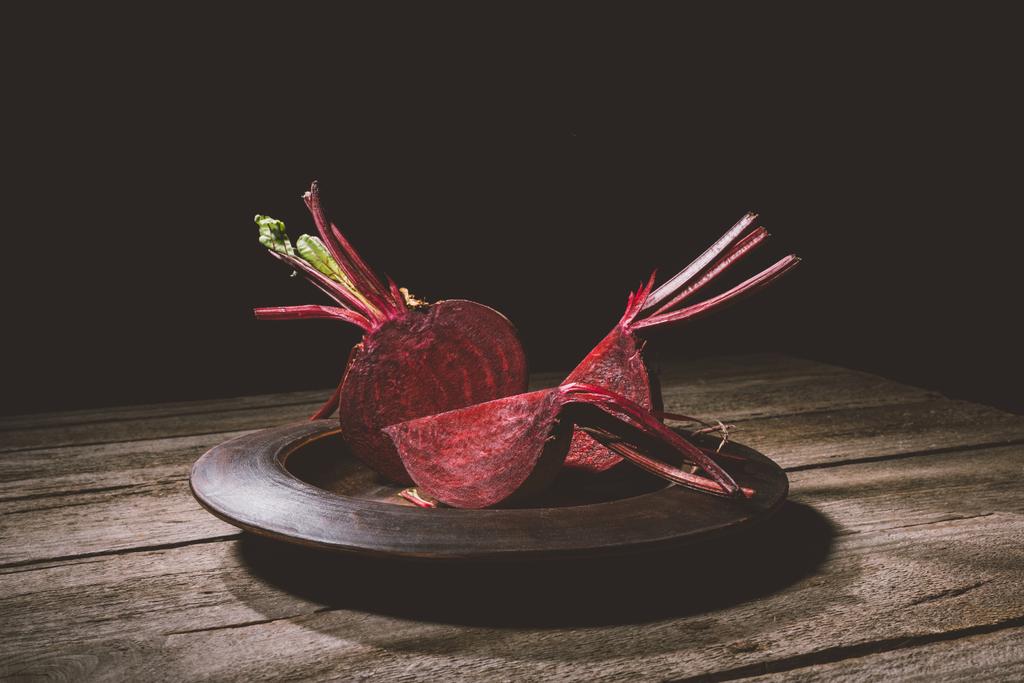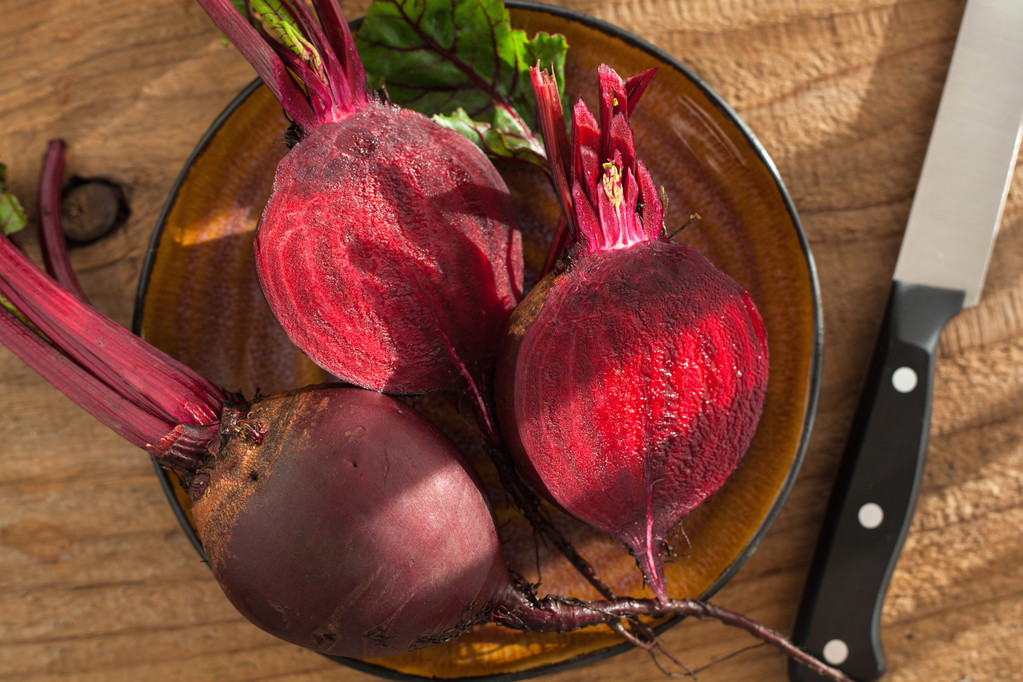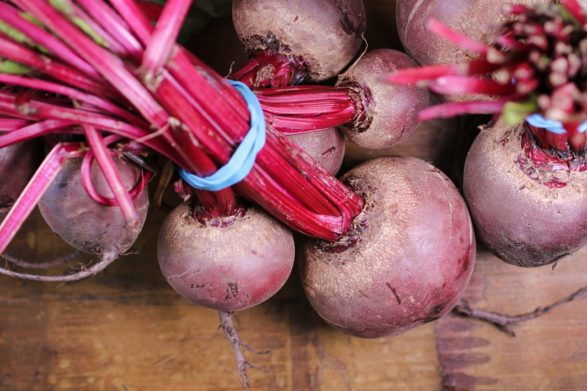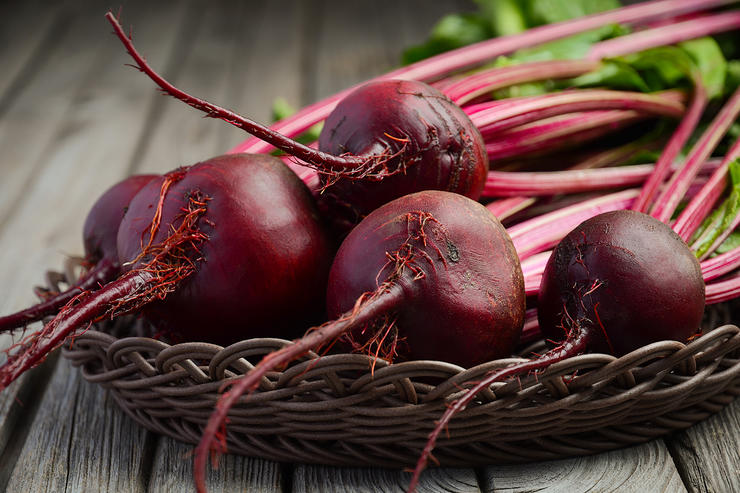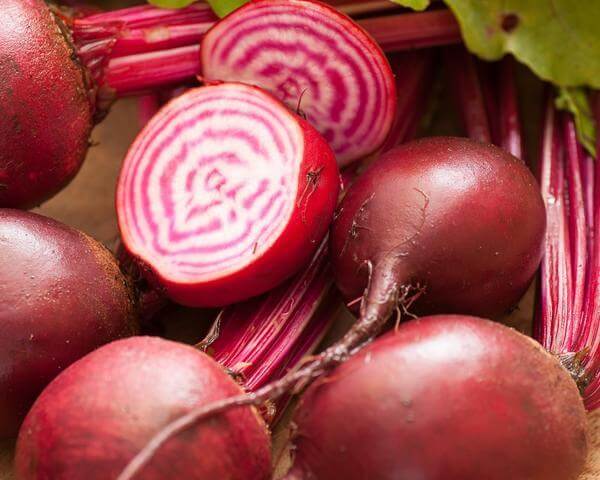Beets are healthy and delicious! You can also prepare the red tuber in many different ways. Here you will find information about the ingredients and delicious recipes for beetroot. You will also learn how to preserve and store beetroot.
Are Beets Healthy?
Beets are also known as red beets. And these are true nutritional miracles. Because they contain valuable nutrients that are good for your body and strengthen its health. In order for the beetroot to be able to develop its effect, you should regularly include it in your menu. You can add variety by serving them both cooked and raw. The valuable ingredients support your organism in many ways. For example, betaine is said to reduce the risk of heart disease, while anthocyanins are considered to prevent cancer.
How to cook the beetroot?
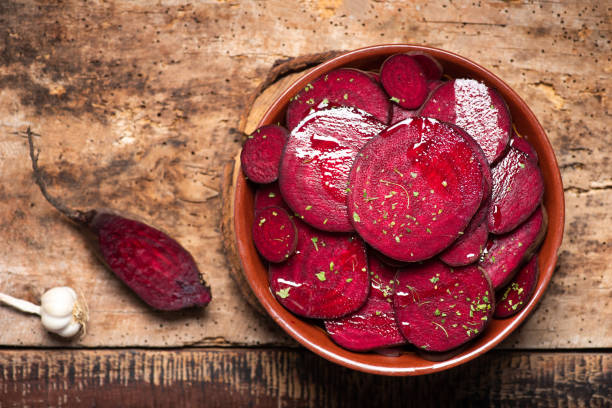
You can boil the beetroot very well. The valuable ingredients are preserved if you proceed gently. Either you boil the red tubers in water, as shown in the video below for how to preserve beetroot. Or you pack the tubers in aluminum foil and let them cook in the oven at 160 degrees for 30 minutes. Then rinse them with cold water and remove the shell.
Then cut the vegetables into the desired shape (cubes or slices) and start pickling. To do this, make a brew of high-quality vinegar and water in a ratio of 1 to 1. Then add sugar, salt, and some spices and let the brew boil up briefly. Put the spices (e.g. chili, cloves, peppercorns) in a teabag. Because if you put the cut tubers in a sterile container and pour the broth over them, the spices should be removed. Finally, close the jar tightly.
Store beetroot properly
After you have finished cooking the beetroot, you should store them in a dark and cool place. They can be kept in a sterile glass for up to six months. If you want to eat them earlier, you should let them rest for at least two weeks. If you don’t boil the beets but want to store them untreated, you should store them at around 4 degrees in the basement or storage room. High humidity is also beneficial here. Additionally, you can store the beets in a box with damp sand or sawdust. So they keep for about half a year. Also, note other tips for storing food and preserving it.
Beetroot as a home remedy
Beetroot is healthy and has beneficial effects on the body. Therefore, they serve as a good home remedy that can prevent health problems. Consequently, you can eat the beet regularly and achieve the following effects:
1) Miracle tuber strengthens the body’s defenses
The tuber’s red color is due to the secondary plant substance betanin. This acts as an antioxidant and scavenges free radicals in the body. Consequently, this can strengthen the immune system. The valuable vitamin C is also found in the beet and has an antioxidant effect. Thus, with regular consumption, you protect your body from damage.
2) Is good for liver and bile
The betadine it contains also stimulates the liver cells. It also strengthens your gallbladder. Consequently, this ensures improved digestion, which means that toxic substances are flushed out of the body more quickly. And that’s what makes eating beetroot so valuable. Also, note home remedies to lower liver values.
3) Helps you detoxify your body
It is important to detoxify the body and eliminate toxins. Therefore, a colon cleansing makes sense. And this can be done without medical help. Consider natural home remedies for colon cleansing. The red tubers are a good way to accelerate the cleansing of the intestines.
4) Beets to regulate blood pressure
You can also support the regulation of blood pressure by regularly eating beets. Accordingly, you should drink two glasses of beetroot juice every day to lower high blood pressure. These results are confirmed by medical studies. In addition, note other home remedies for high blood pressure.
5) Use as a mood enhancer
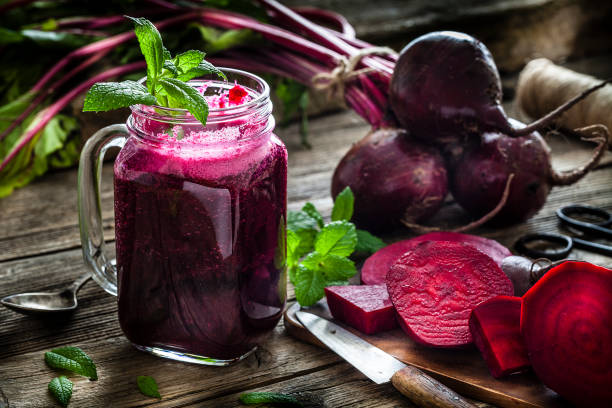
Betaine is also considered a mood enhancer. Because it can increase the happiness hormone serotonin. Consequently, regular consumption can improve your bad mood. So it’s worth a try. After all, other vitamins also have a positive effect on bad moods, read our useful tips for depressive moods.
Tasty recipes with beetroot
As already mentioned, you can use the beetroot both cooked and raw. In its cooked form, it tastes particularly delicious as a soup, while you can transform the raw version together with apple into a nutritious salad. Below are our personal four best beetroot recipes. No matter which recipe you want to cook, don’t forget to peel the tuber well before further processing and to wear gloves.
